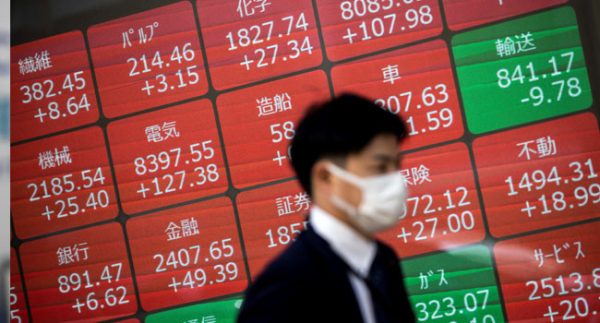The S&P 500 fell 0.36% to close at 4,409.77 points, with the Nasdaq declining 0.68% to 13,689.57 points, and the Dow Jones Industrial Average slipping 0.31% to 34,301.03 points. The decline in the S&P 500 was primarily influenced by Microsoft and other major market players, as comments from Federal Reserve officials dampened optimism surrounding the central bank’s aggressive interest rate hikes.

Fed Officials and Interest Rate Hike Expectations
Following the Fed’s decision to keep rates steady, two Federal Reserve officials delivered statements that curbed the market’s optimism about the central bank nearing the end of its rate hikes. Fed Governor Christopher Waller cautioned that “core inflation is not coming down like I thought it would,” while Richmond Fed President Thomas Barkin expressed comfort with further rate increases, emphasizing that inflation has not yet returned to the desired 2% target. These statements served to cool expectations of a pause or rate cuts later in the year.
Market Sentiment and Inflation Data
Despite the decline, both the Nasdaq and the S&P 500 remained near 14-month highs, buoyed by economic data suggesting a cooling of inflation, which overshadowed concerns about additional rate hikes. U.S. consumers’ near-term inflation expectations dropped to a more than two-year low in June, while the outlook for the next five years improved slightly, as indicated by the University of Michigan’s survey. The survey also revealed a boost in sentiment among consumers.
Impact of Tech Giants and Semiconductor Sector
Notable contributors to the market decline were Microsoft Corp, which saw a 1.7% drop, and Amazon.com Inc, with a 1.3% dip. These losses weighed on both the S&P 500 and the Nasdaq. Interestingly, Microsoft’s stock had closed at its highest level ever the day before. Conversely, Nvidia Corp experienced a slight 0.1% increase after Morgan Stanley raised its price target and named the chipmaker as its top pick among U.S. semiconductor firms.
Options Expiration and Sector Performance
The session witnessed heavy trading volume due to the simultaneous expiration of stock options, stock index futures, and index options contracts. Approximately 17 billion shares were traded, exceeding the average of 11 billion shares over the past 20 sessions. Among the 11 S&P 500 sector indexes, eight registered declines. The communication services sector recorded the highest decline of 1%, followed by a 0.83% loss in the information technology sector.
Weekly Performance and Market Highlights
For the week, the S&P 500 advanced 2.6%, the Dow added 1.2%, and the Nasdaq gained 3.2%. The Nasdaq achieved its eighth consecutive week of gains, marking its longest streak of weekly advances since March 2019. Meanwhile, the S&P 500 secured its fifth consecutive weekly gain. Adobe Inc saw a 0.9% increase after surpassing analysts’ earnings forecasts, while iRobot Corp surged 21% as the UK competition regulator cleared Amazon’s planned $1.7 billion acquisition of the vacuum cleaner maker. On the other hand, Micron Technology faced a 1.7% decline after warning of a larger revenue impact resulting from a Chinese ban on the sale of its memory chips to key domestic industries.
Market Statistics
Within the S&P 500, decliners outnumbered advancers by a ratio of 1.4-to-one. The S&P 500 posted 24 new highs with no new lows, while the Nasdaq recorded 112 new highs and 67 new lows.
Upcoming Holiday Closure
Please note that U.S. stock markets will be closed on Monday in observance of the Juneteenth holiday.
In this article, we have discussed the recent decline in the S&P 500 and Nasdaq due to Federal Reserve comments that tempered rate hike optimism. Microsoft’s performance and the impact of cooling inflation are analyzed, along with sector performance and weekly highlights.




